18 Everyday Things You Couldn’t Do in the 1940s Without Raising Eyebrows
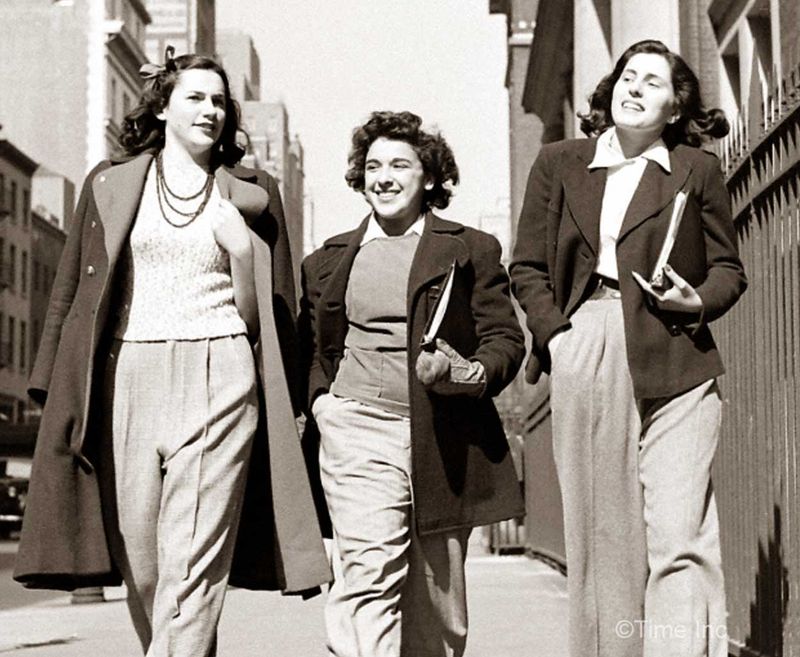
The 1940s were a time of global upheaval, defined by World War II, strict gender roles, and deeply rooted societal norms. Life looked very different back then, especially when it came to how people were expected to behave in public. What we now consider everyday actions—simple expressions of individuality, independence, or even convenience—were once viewed with suspicion or outright disapproval. This was an era when conformity reigned, and stepping outside the accepted mold could quickly lead to gossip or social isolation. To understand just how far we’ve come, it’s worth looking back at some of the ordinary things that could turn heads, raise eyebrows, or even cause scandal in the 1940s.
1. Women Wearing Pants in Public
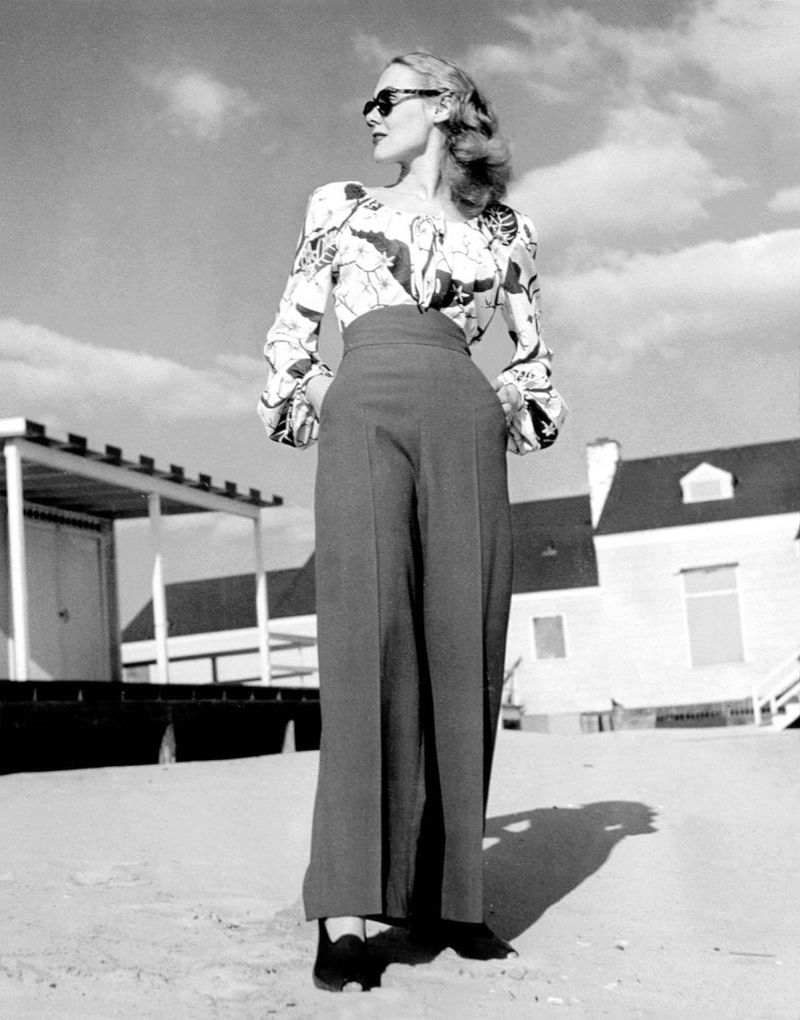
Fashion in the 1940s was a reflection of societal values, where trousers were a symbol of masculinity. Women daring to don pants risked being labeled as rebellious. The practicality of pants was undeniable, yet cultural barriers persisted. A woman venturing out in slacks could face stares or be denied entry to restaurants.
During wartime, some women wore pants for factory work. This temporary shift revealed the irony of societal standards; practicality clashed with tradition. Post-war, the return to skirts was expected.
Though pioneers like Katharine Hepburn embraced trousers, widespread acceptance was still decades away. Women wearing pants was an act of quiet defiance.
2. Talking About Money Openly
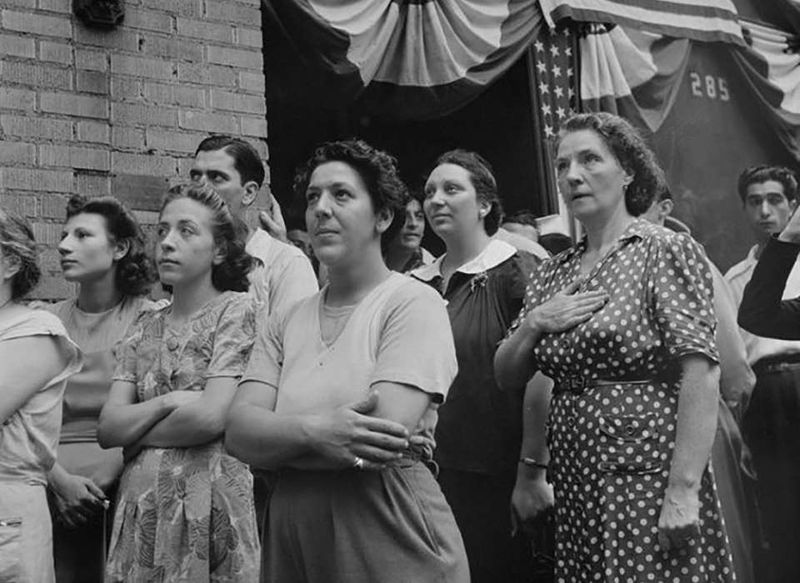
Conversations about finances at a dinner party might cause discomfort today, but in the 1940s, they were downright scandalous. Discussing salary or investments was seen as crass. The etiquette of the era dictated discretion on such personal matters.
People preferred to present an image of financial stability and class, regardless of reality. Money talk could expose inequalities, leading to social awkwardness. This avoidance maintained a veneer of equality within social circles.
However, the taboo didn’t stop some from privately boasting of financial gains or lamenting losses. Public discussion remained a delicate matter, often causing raised eyebrows.
3. Living Together Before Marriage
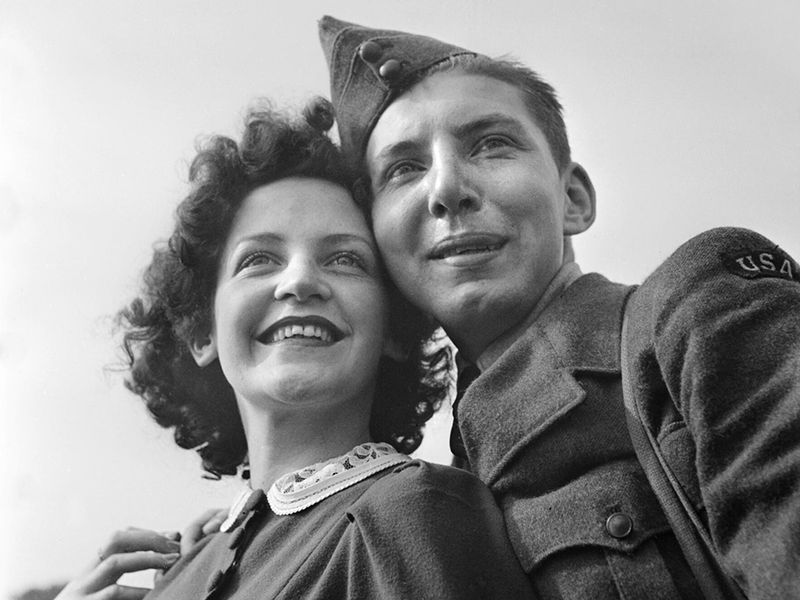
In an era when marriage was the ultimate goal, cohabitation was a bold step beyond the norm. The 1940s society placed immense value on marital status, equating it with respectability. Couples choosing to live together without tying the knot were viewed with suspicion.
Such arrangements were rare and often hidden. Neighbors might whisper, and families could react with anger or shame. These social pressures kept most couples from taking such a step.
Despite these challenges, some couples found the arrangement practical, allowing a deeper connection before a legal commitment. Still, the fear of judgment loomed large.
4. Getting a Tattoo
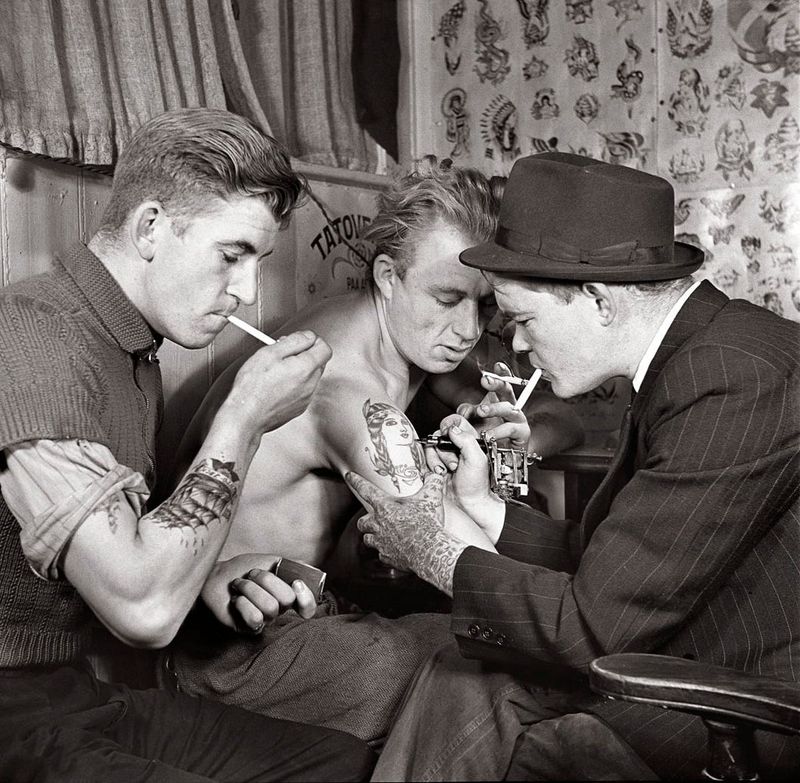
Tattoos in the 1940s were a mark of distinction for sailors, bikers, or those on society’s fringes. Mainstream culture regarded them with skepticism, associating tattoos with rebellion. For most, tattoos symbolized a rejection of societal norms.
Getting inked was an act of defiance, yet also a rite of passage for many within subcultures. Sailors sported tattoos as badges of honor, each design a story of their journeys.
Despite this, tattoos struggled to shed their stigma. Only decades later did they enter mainstream acceptance, moving beyond the shadows into everyday expressions of identity.
5. Women Drinking Alone in Bars
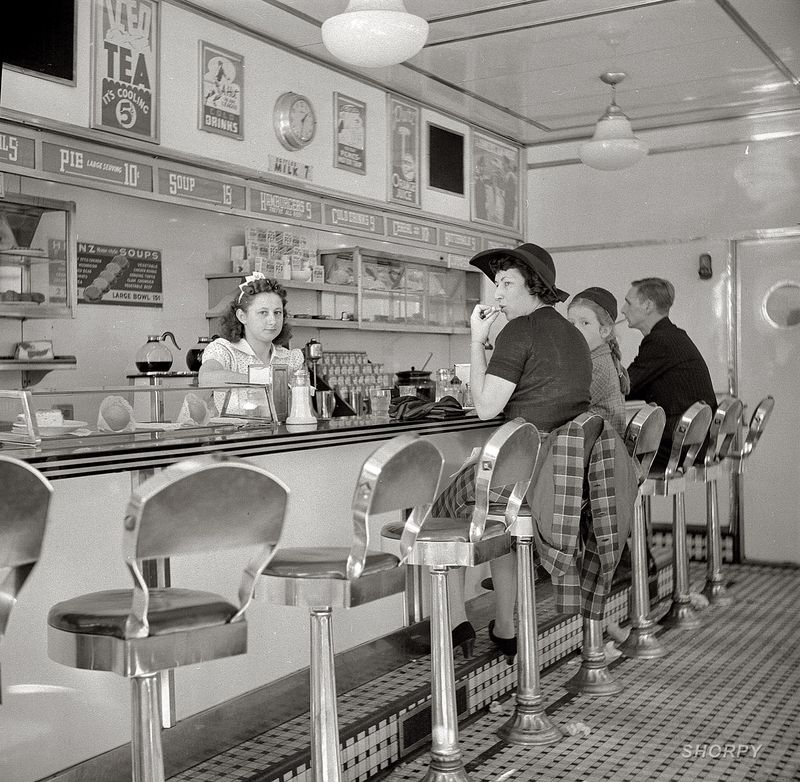
A woman sitting alone at a bar might seem ordinary now, but in the 1940s, it was a bold statement. Bars were male-dominated spaces, and a woman drinking solo was often judged harshly. Her presence could spark assumptions about her character.
The cultural perception linked such actions to immorality, with women considered out of place without male accompaniment. This resulted in judgmental looks and whispered gossip, reinforcing traditional gender roles.
Despite this, some women braved the bars, seeking independence or simply a moment of solitude. Their defiance slowly paved the way for future generations.
6. Men Crying in Public
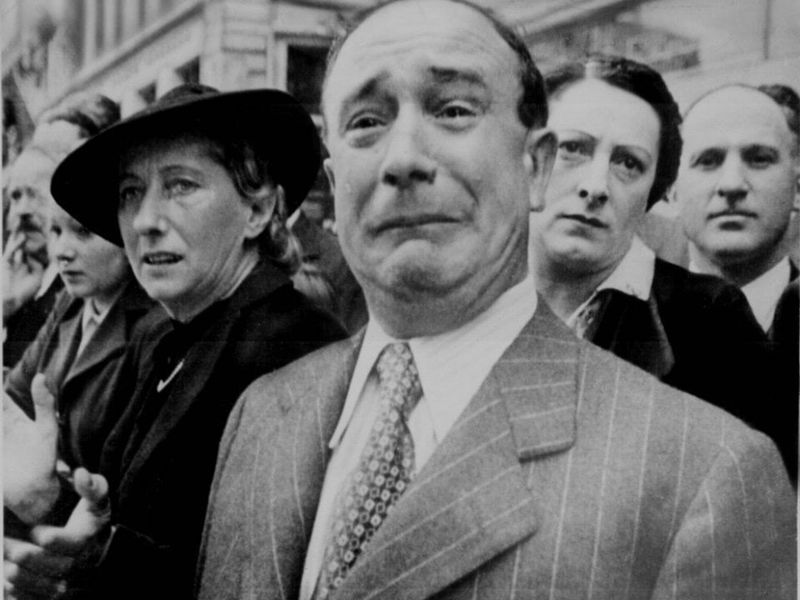
The 1940s were an era of stoicism for men, where emotions were best kept hidden. Crying in public was seen as a weakness, clashing with the era’s ideals of masculinity. Boys were taught early to suppress tears, equating them with vulnerability.
However, emotions are a natural human response, and some moments could not be contained. A man seen shedding tears in public risked judgment, his masculinity questioned by society.
Yet, during wartime, farewells and losses allowed glimpses of public emotion. Despite societal views, these moments revealed the underlying humanity often masked by rigid norms.
7. Openly Questioning Religion
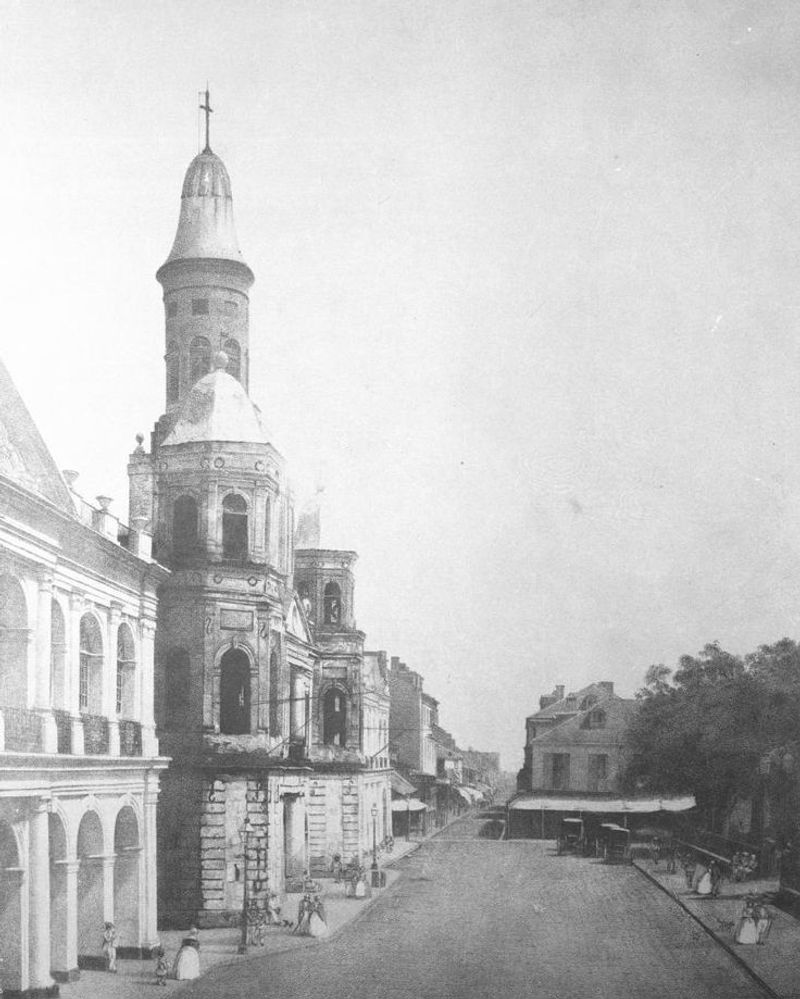
In a decade where religion was a cornerstone of life, open skepticism was a risky stance. Expressing doubts or criticizing religious beliefs often led to social alienation. For many, faith was intertwined with identity, and questioning it was seen as rebellious.
This reverence for religion meant that discussions around atheism were kept private. Public debates could lead to being ostracized, and few dared to voice dissenting opinions openly.
Yet, intellectual circles quietly explored existential ideas, pondering spirituality outside traditional confines. These hidden discussions planted seeds for future generations to openly explore diverse beliefs.
8. Getting Divorced
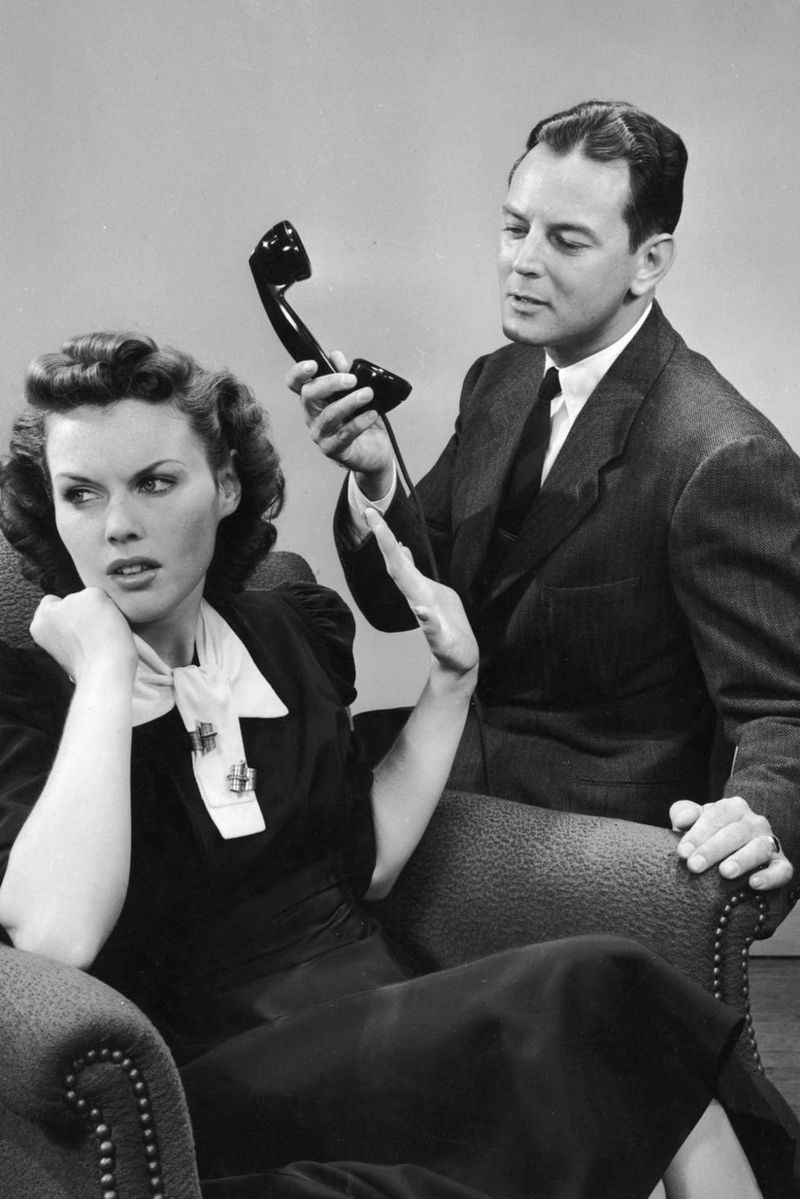
Divorce in the 1940s carried a heavy social burden, particularly for women. Ending a marriage often led to ostracism, with divorced women viewed with suspicion. Society expected marital issues to be resolved privately, not through legal separation.
A divorced woman’s reputation took a hit, as she navigated a world that favored marital stability. Gossip and judgment followed, making reintegration into social circles challenging.
Despite these hurdles, some women pursued divorce to escape untenable situations. Their courage highlighted the need for societal change, setting the stage for evolving perceptions of marriage and individual autonomy.
9. Having Visible Body Hair (Women)
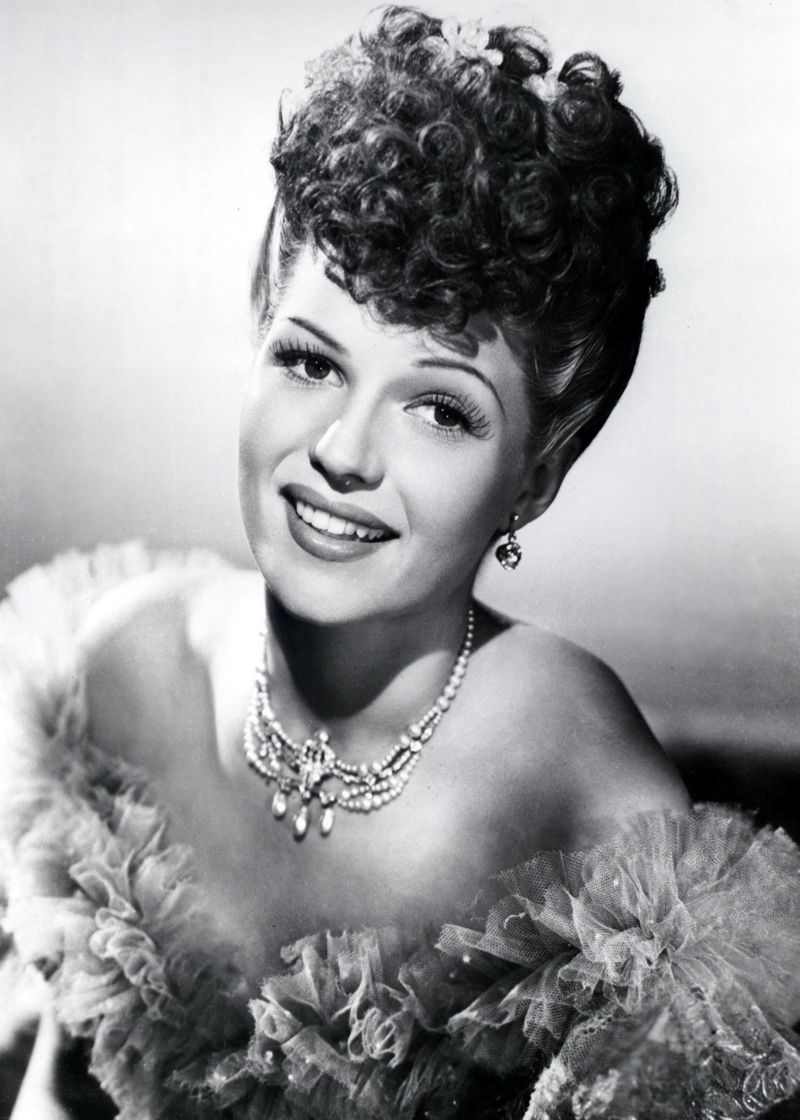
Smooth skin in the 1940s was a beauty standard that reigned supreme. Women were expected to maintain a hairless appearance, with visible body hair deemed unfeminine. Advertising reinforced these ideals, promoting razors and creams.
Not adhering to these standards could lead to whispers and judgments. A woman with visible body hair was seen as neglecting personal grooming, impacting her social standing.
Yet, some resisted these expectations, embracing natural beauty. This quiet rebellion challenged societal norms, paving the way for future generations to redefine beauty on their own terms.
10. Public Displays of Affection
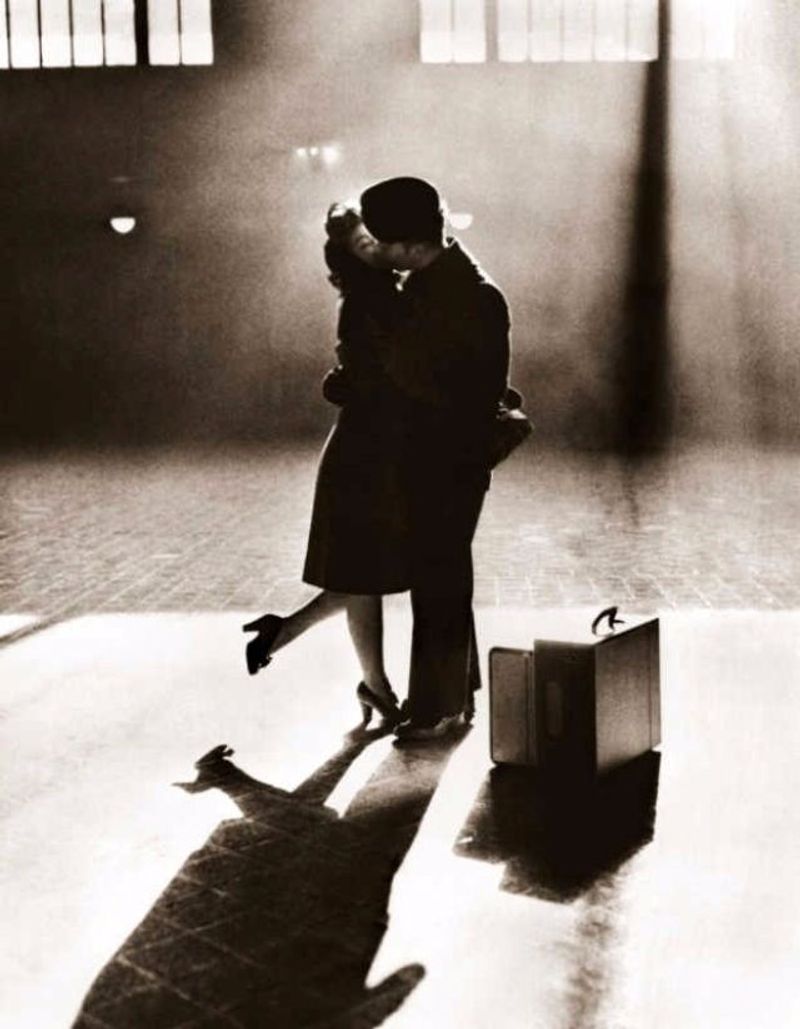
Affectionate gestures in public were scrutinized heavily in the 1940s. Holding hands or a peck on the cheek might pass, but anything more attracted disapproving looks. Public displays of affection were considered private matters.
Such gestures were thought to undermine societal decorum, with couples expected to maintain modesty in public. Even married couples adhered to these unwritten rules to avoid social disapproval.
Despite this, love often found a way to break through societal constraints. Couples navigating these norms showed that affection transcends societal boundaries, even in the most reserved times.
11. A Woman Smoking in Public

Lighting up a cigarette was a simple act with complex implications for women in the 1940s. While men smoked freely, women doing the same were labeled rebellious. A woman’s public smoking challenged genteel norms.
Society judged such actions harshly, associating them with independence or moral looseness. The act became a symbol of defiance against traditional expectations.
Yet, some women embraced smoking as an assertion of autonomy. These pioneers of personal freedom helped shift perceptions, subtly influencing the evolving landscape of gender roles and societal expectations.
12. Owning More Than a Few Pairs of Shoes
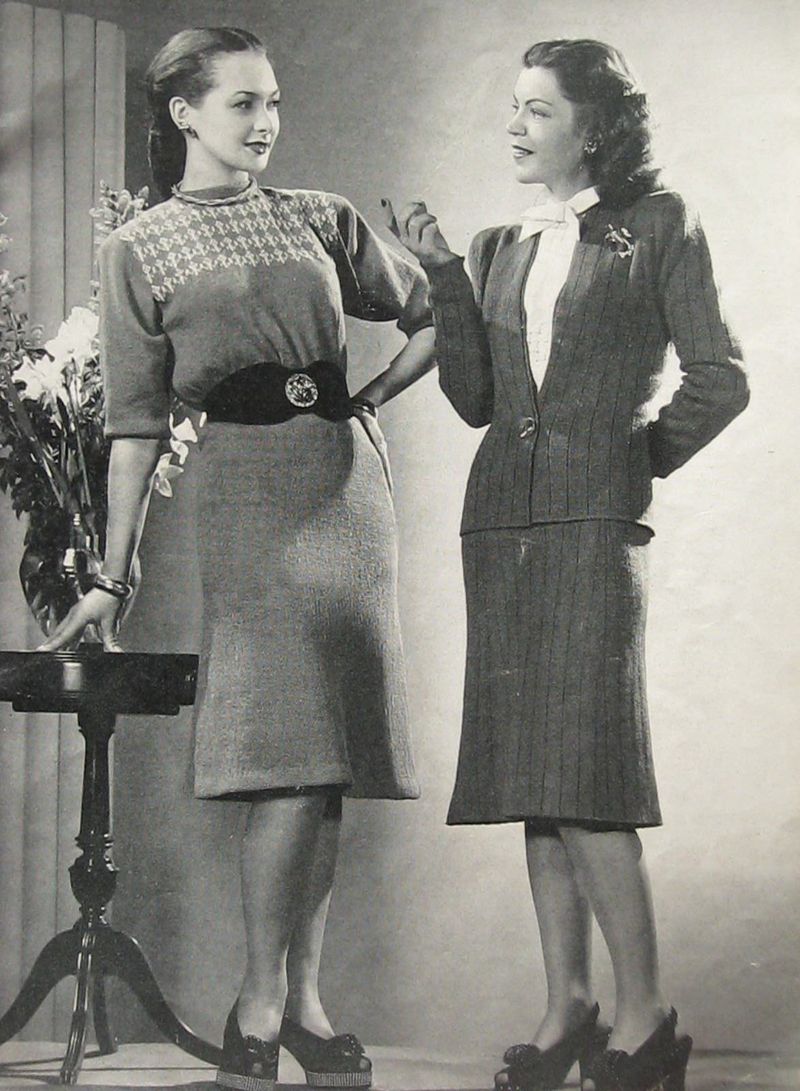
Abundance in the 1940s was a concept shaped by wartime frugality. Owning multiple pairs of shoes was often seen as extravagant. The era’s economic constraints dictated careful spending and resourcefulness.
A large shoe collection could hint at vanity or wastefulness. Practicality reigned, with most opting for versatile footwear suitable for various occasions.
Nonetheless, some indulged in collecting, valuing craftsmanship and style. These collections, though rare, hinted at the post-war shift toward consumerism and individuality, slowly changing the narrative of frugality.
13. Talking About Mental Health
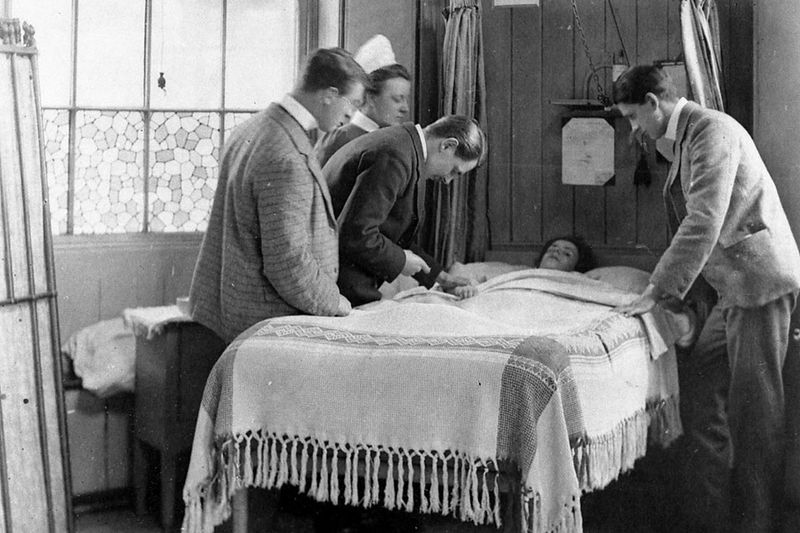
Mental health was shrouded in mystery and stigma in the 1940s. Conversations were often avoided or cloaked in euphemisms. Terms like “nervous breakdown” were common, yet genuine understanding was scarce.
Those struggling often faced isolation, with limited resources available for genuine support. Society’s misunderstanding led to shame and secrecy surrounding mental health issues.
Despite this, some sought help quietly, paving the way for future dialogue and awareness. Their courage laid the groundwork for the destigmatization of mental health, fostering a more compassionate approach in later decades.
14. Listening to Loud Music at Home
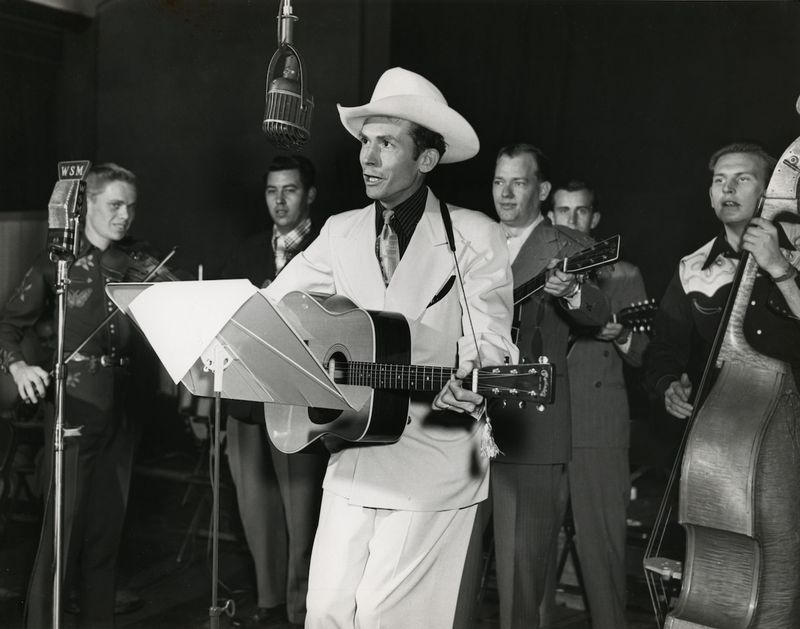
Blasting music was an act that risked communal harmony in 1940s neighborhoods. Homes were close-knit, and loud sounds traveled easily through shared spaces.
Music was meant for personal enjoyment, not public imposition. Neighbors valued peace and quiet, making loud tunes a source of potential conflict.
Yet, music-loving households sometimes indulged, craving the joy and escape it provided. This tension highlighted the balance between personal freedom and community respect, a narrative that continues today.
15. Women Working After Marriage
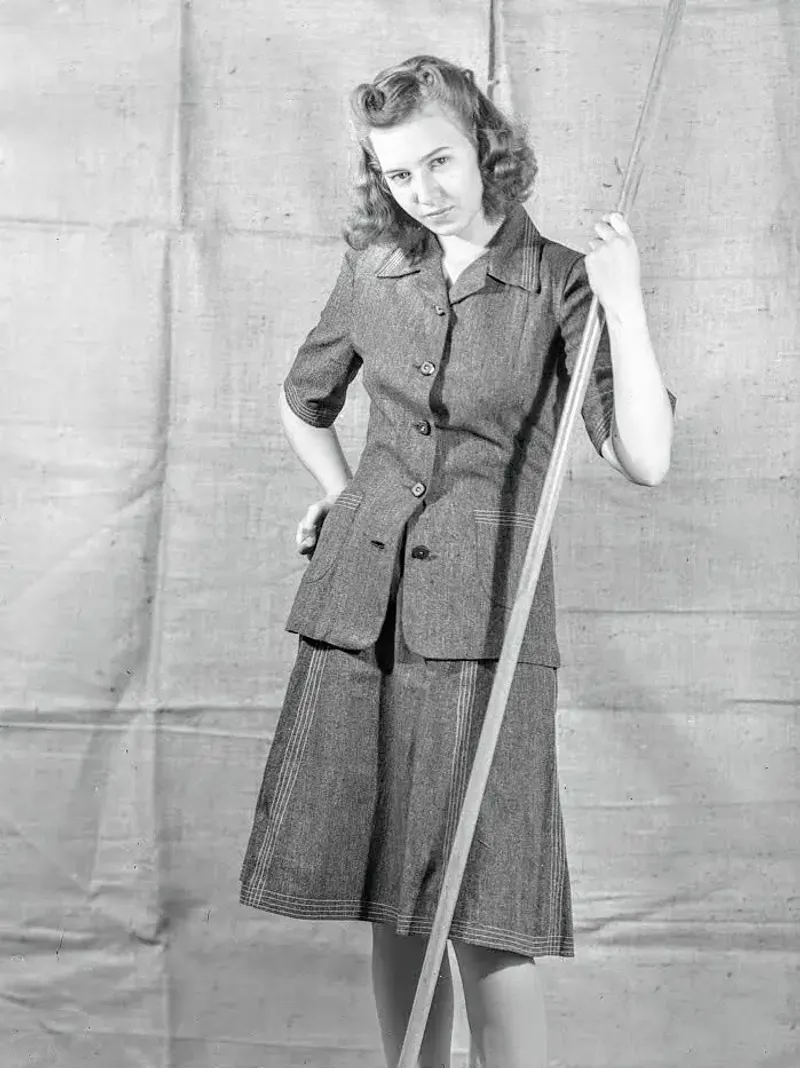
Marriage in the 1940s often marked the end of a woman’s professional life. Once married, societal norms dictated a shift to homemaking. A woman choosing to work post-marriage was unconventional.
These women faced challenges, balancing professional aspirations with familial expectations. Their choice often met with societal disapproval, viewed as neglecting domestic duties.
However, their persistence highlighted the evolving role of women, setting the stage for future generations to redefine career and family dynamics, embracing both.
16. Parenting in Public Differently
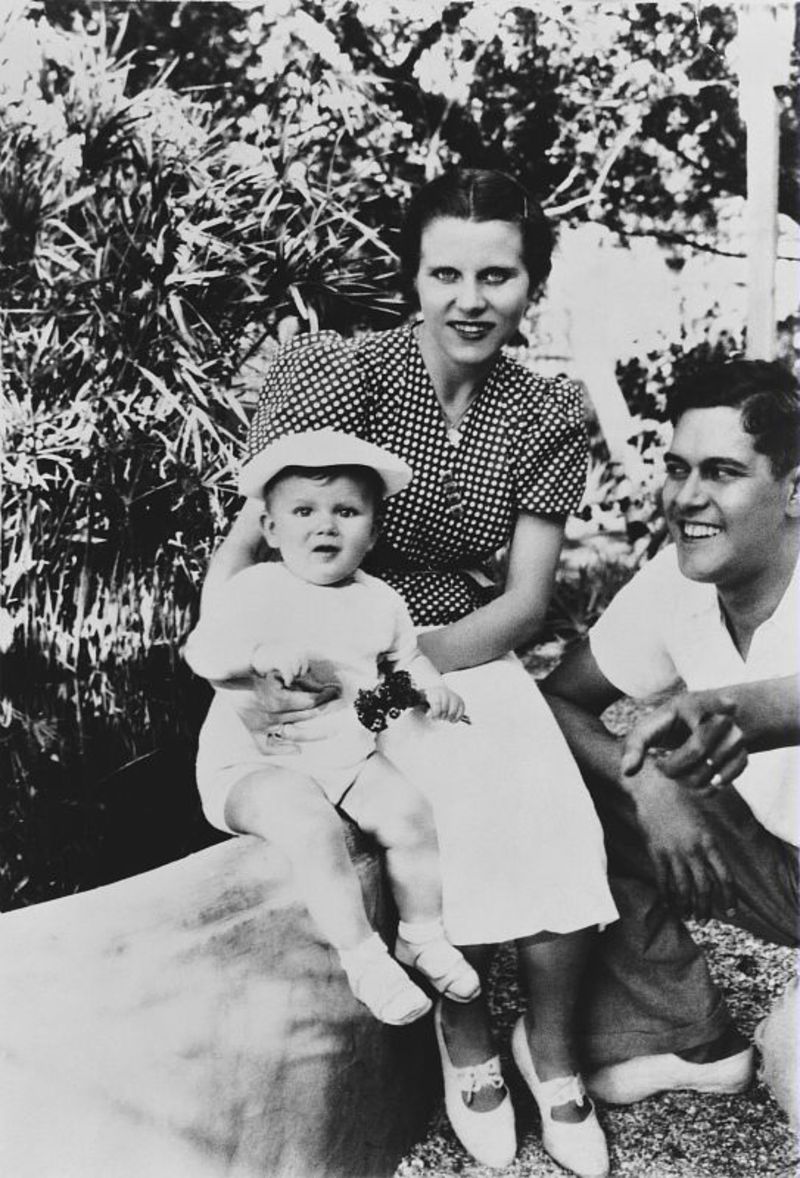
Strict parenting ruled the 1940s, where obedience was valued above all. Public deviations from this model, like reasoning with children, were frowned upon.
A mother offering explanations rather than strict commands might face judgment, her methods questioned. Traditional parenting emphasized authority, leaving little room for alternative approaches.
Despite this, some parents quietly embraced these methods, valuing emotional growth over blind obedience. Their approach laid the groundwork for future parenting philosophies that prioritize understanding and empathy.
17. Traveling Alone as a Woman
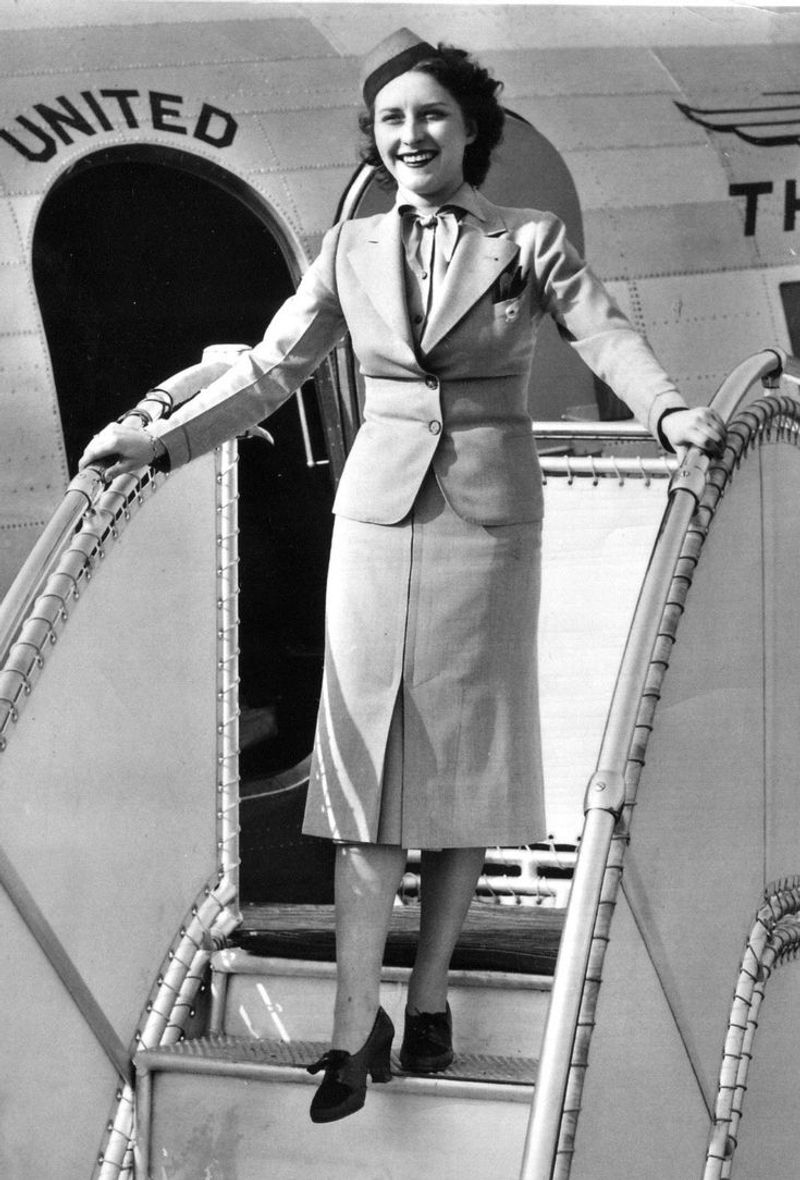
Solo travel for women was daring in the 1940s. Society viewed it as reckless or morally questionable. Women travelers faced scrutiny, their independence often misunderstood.
Safety concerns and societal norms dictated accompanied travel as the norm. A lone woman navigating the world might face judgment or unwanted attention.
Yet, some embraced solo adventures, defying stereotypes and paving the way for modern female travelers. Their journeys inspired greater freedom and understanding of women’s autonomy on the global stage.
18. Expressing Political Opinions Freely
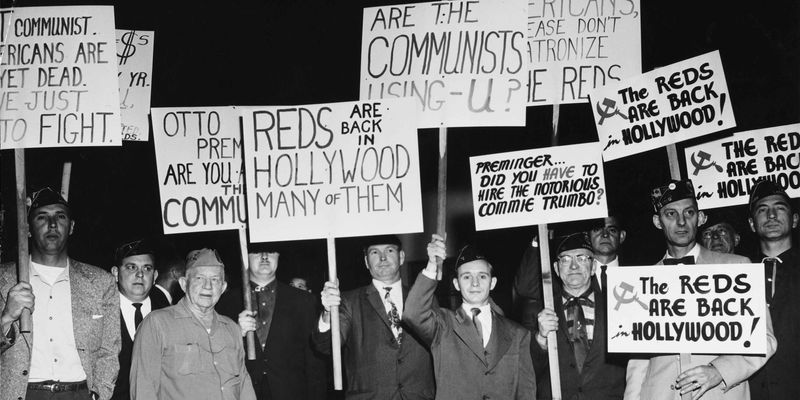
The political climate of the 1940s was charged, with conformity often equated with patriotism. Expressing dissenting political opinions was risky, seen by some as unpatriotic or even subversive.
During wartime and the early Cold War, unorthodox views could lead to social ostracism or accusations of communism. Political discourse was tightly controlled, limiting free expression.
Nevertheless, individuals persisted in voicing diverse opinions, championing freedom of thought and setting the stage for future movements advocating for speech and political diversity.

Comments
Loading…